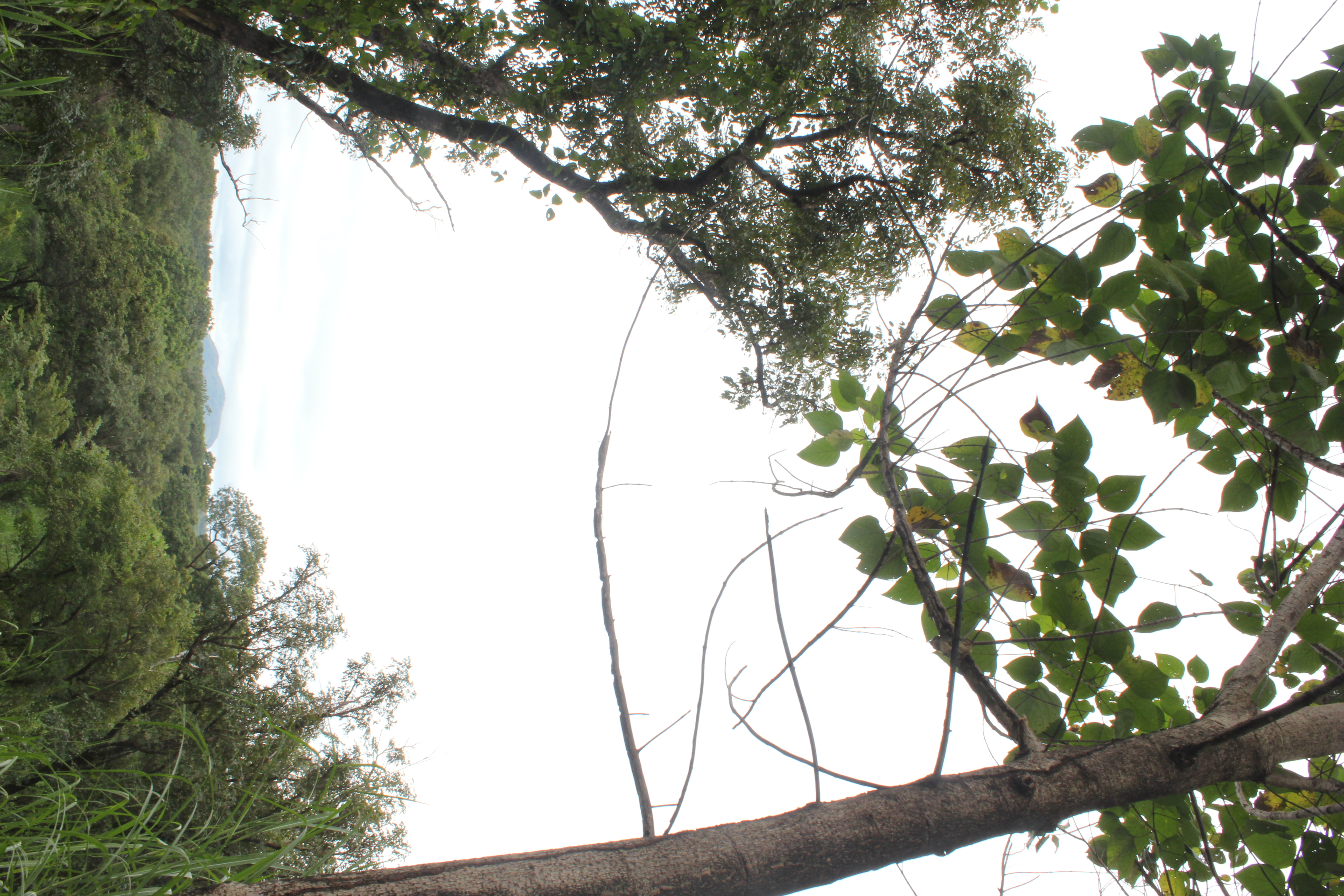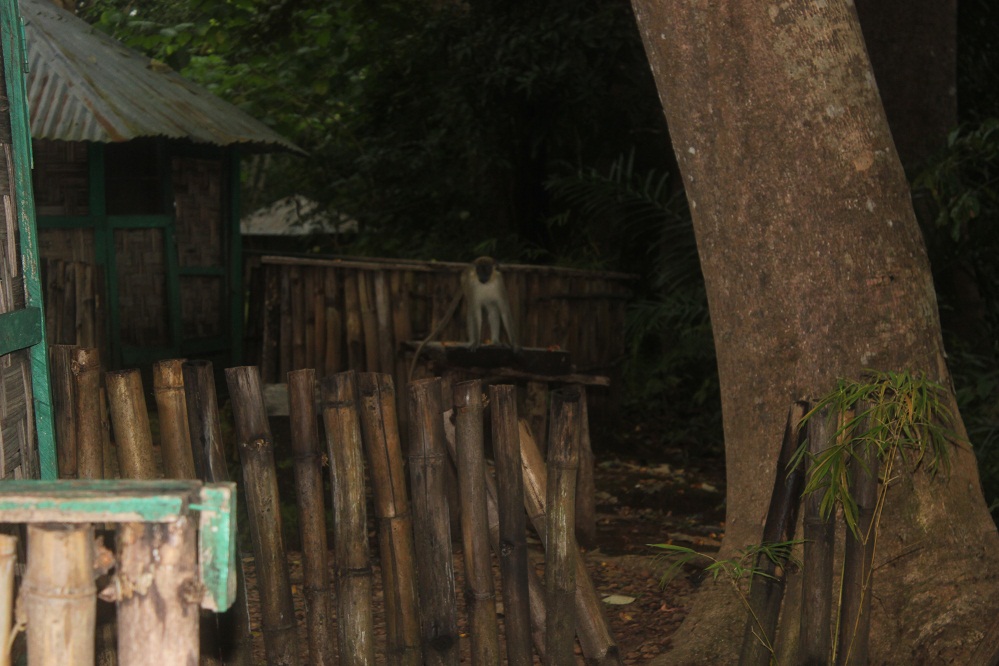Outamba-Kilimi National Park on:
[Wikipedia]
[Google]
[Amazon]
 Outamba-Kilimi National Park is located in northwest
Outamba-Kilimi National Park is located in northwest
 Wildlife includes
Wildlife includes
UN Environment Programme
lists the Outamba Area as protected. More information can be seen as
map
 The Susu (or Soso) tribe live in and around the park and most park personnel are Susu. Some villages were originally in the park itself, but most agreed to move to the buffer zone. An exception was made for those who had ancestral sites and graves within the park. Those who remain have agreed to only harvest using sustainable methods. Mining and hunting are prohibited. Th
The Susu (or Soso) tribe live in and around the park and most park personnel are Susu. Some villages were originally in the park itself, but most agreed to move to the buffer zone. An exception was made for those who had ancestral sites and graves within the park. Those who remain have agreed to only harvest using sustainable methods. Mining and hunting are prohibited. Th
National Tourism Board
is attempting to increase tourism in an effect to compensate them for the loss of revenue.
 There is a 1 km buffer zone around the park, where most of the villages are. The restrictions are less here. Hunting is allowed except for certain protected species, farming is practiced and areas of
There is a 1 km buffer zone around the park, where most of the villages are. The restrictions are less here. Hunting is allowed except for certain protected species, farming is practiced and areas of
 Simple one bed and group huts are available to sleep in the park. These are made using local materials.
Simple one bed and group huts are available to sleep in the park. These are made using local materials.
Outamba-Kilimi Official WebsitePhotos of Outamba-Kilimi National ParkDescription of park and ChimpsImportant Bird Area FactsheetSusu People
{{authority control National parks of Sierra Leone Protected areas established in 1986 1986 establishments in Sierra Leone
Sierra Leone
Sierra Leone,)]. officially the Republic of Sierra Leone, is a country on the southwest coast of West Africa. It is bordered by Liberia to the southeast and Guinea surrounds the northern half of the nation. Covering a total area of , Sierra ...
near the border with the Republic of Guinea
Guinea ( ),, fuf, 𞤘𞤭𞤲𞤫, italic=no, Gine, wo, Gine, nqo, ߖߌ߬ߣߍ߫, bm, Gine officially the Republic of Guinea (french: République de Guinée), is a coastal country in West Africa
West Africa or Western Africa is t ...
. The park is divided into two areas, Outamba (741 km²) and Kilimi (368 km²). The area became a game reserve in 1974, and was formally gazetted as a National Park in October 1995.P G Munro,“Geza Teleki and the emergence of Sierra Leone’s wildlife conservation movement” Primate Conservation: 29(2015): 115-122. The park is named after its highest peak in one part, Mount Outamba, and its longest river in the other, River Kilimi. The area was originally chosen for preservation as it contains a large number of chimpanzees. The vegetation is called woodland savanna, with a mixture of jungle
A jungle is land covered with dense forest and tangled vegetation, usually in tropical climates. Application of the term has varied greatly during the past recent century.
Etymology
The word ''jungle'' originates from the Sanskrit word ''jaṅ ...
and savanna
A savanna or savannah is a mixed woodland-grassland (i.e. grassy woodland) ecosystem characterised by the trees being sufficiently widely spaced so that the canopy does not close. The open canopy allows sufficient light to reach the ground to ...
.
Wildlife
 Wildlife includes
Wildlife includes primates
Primates are a diverse order of mammals. They are divided into the strepsirrhines, which include the lemurs, galagos, and lorisids, and the haplorhines, which include the tarsiers and the simians (monkeys and apes, the latter including huma ...
such as chimpanzee
The chimpanzee (''Pan troglodytes''), also known as simply the chimp, is a species of great ape native to the forest and savannah of tropical Africa. It has four confirmed subspecies and a fifth proposed subspecies. When its close relative th ...
s, colobus monkey
Black-and-white colobuses (or colobi) are Old World monkeys of the genus ''Colobus'', native to Africa. They are closely related to the red colobus monkeys of genus '' Piliocolobus''. There are five species of this monkey, and at least eight subs ...
s and sooty mangabey
The sooty mangabey (''Cercocebus atys'') is an Old World monkey found in forests from Senegal in a margin along the coast down to the Ivory Coast.
Habitat and ecology
The sooty mangabey is native to tropical West Africa, being found in Guinea, G ...
s; hippopotamus
The hippopotamus ( ; : hippopotamuses or hippopotami; ''Hippopotamus amphibius''), also called the hippo, common hippopotamus, or river hippopotamus, is a large semiaquatic mammal native to sub-Saharan Africa. It is one of only two extan ...
es and pygmy hippo
The pygmy hippopotamus or pygmy hippo (''Choeropsis liberiensis'') is a small hippopotamid which is native to the forests and swamps of West Africa, primarily in Liberia, with small populations in Sierra Leone, Guinea, and Ivory Coast. It has ...
s; elephant
Elephants are the largest existing land animals. Three living species are currently recognised: the African bush elephant, the African forest elephant, and the Asian elephant. They are the only surviving members of the family Elephantidae an ...
s; common warthog
The common warthog (''Phacochoerus africanus'') is a wild member of the pig family (Suidae) found in grassland, savanna, and woodland in sub-Saharan Africa. In the past, it was commonly treated as a subspecies of ''P. aethiopicus'', but today th ...
s; rare bongo antelopes and over a hundred species of bird
Birds are a group of warm-blooded vertebrates constituting the class Aves (), characterised by feathers, toothless beaked jaws, the laying of hard-shelled eggs, a high metabolic rate, a four-chambered heart, and a strong yet lightweigh ...
s. ThUN Environment Programme
lists the Outamba Area as protected. More information can be seen as
map
Susu
National Tourism Board
is attempting to increase tourism in an effect to compensate them for the loss of revenue.
Buffer zone
gmelina
''Gmelina'' is a genus of plants in the family Lamiaceae. It consists of about 35 species in Australia, New Guinea, New Caledonia, Southeast Asia, India and a few in Africa. Some species such as ''G. arborea'' have been planted and/or become natu ...
trees have been planted to replace the Parkland as a source of wood for use in making furniture, housing and firewood.
Facilities
References
External links
Outamba-Kilimi Official Website
{{authority control National parks of Sierra Leone Protected areas established in 1986 1986 establishments in Sierra Leone